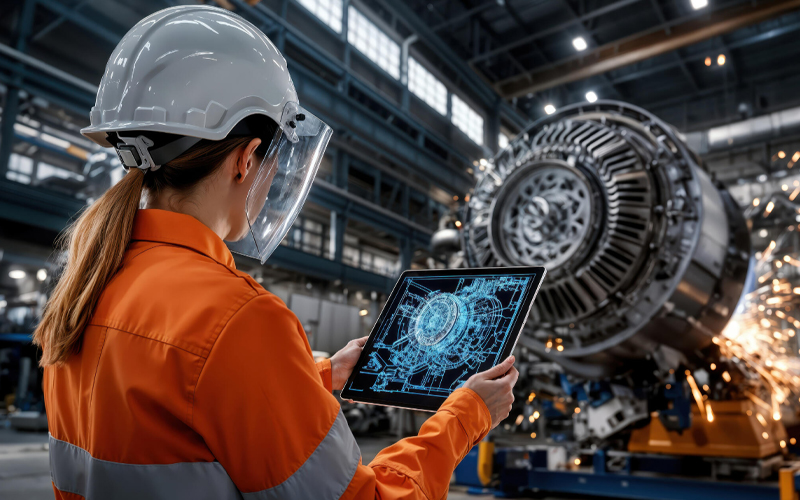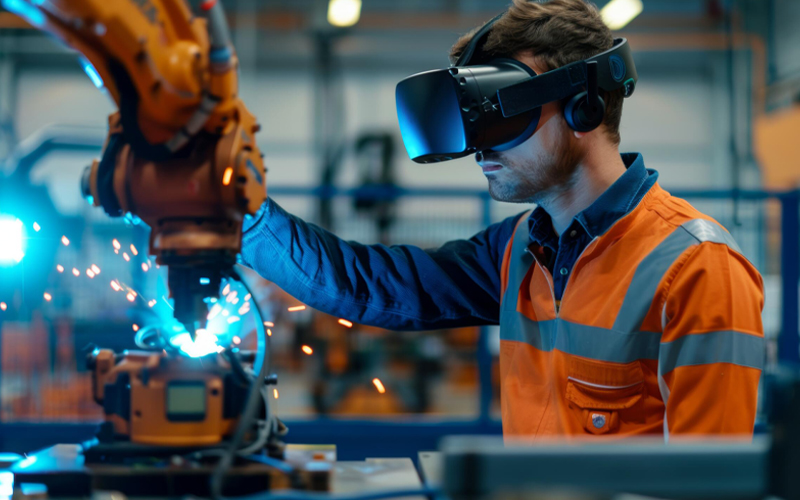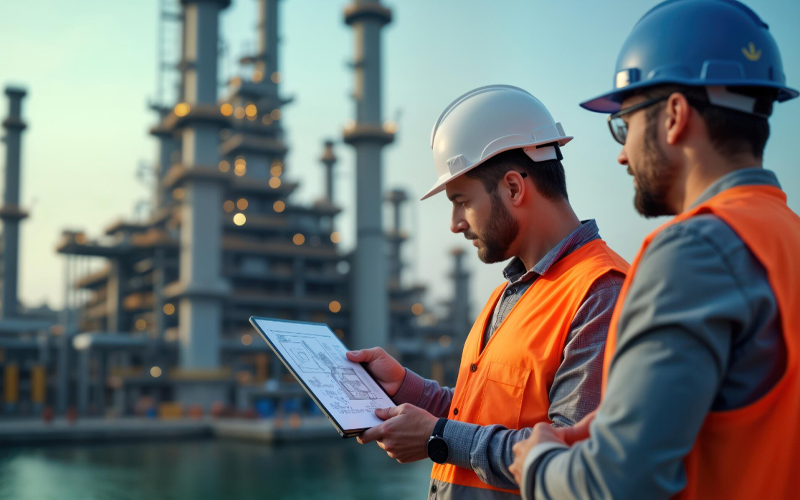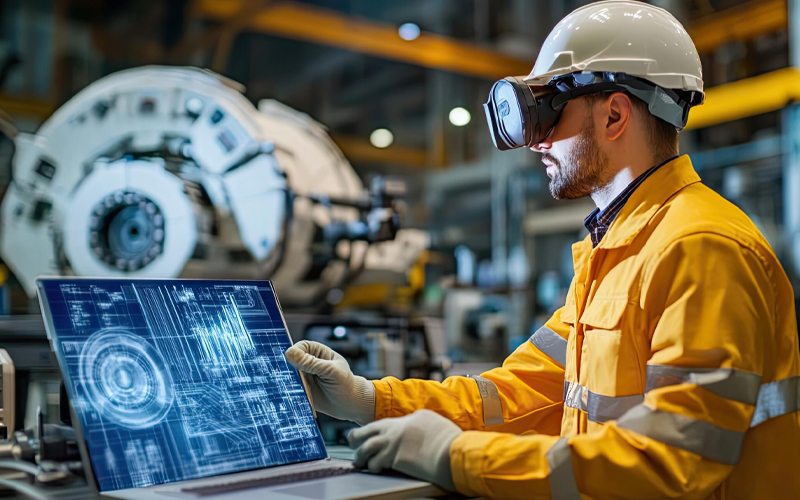Safety at the workplace is a critical issue for all businesses. The direct cost of accidents—fatalities and injuries—such as medical treatment, workers’ compensation, and insurance claims are very high; moreover, indirect costs such as loss of productivity or reduced productivity of injured workers, training replacement workers, government penalties, and the impact on employee morale all significantly add to the burden. According to a report by the International Labour Organization (ILO) published in 2022, “Annually, an estimated 2.9 million workers die due to occupational accidents and diseases, and at least 402 million workers are injured at work”. The major work-related causes of fatalities and injuries, according to ILO, are long working hours, exposure to toxic environments, and stressful work with heavy machinery.
The Industrial Internet of Things (IIoT), which refers to the Industrial applications of the Internet of Things (IoT), can address this issue significantly. IoT, which has steadily gained ground since the beginning of this century, consists of using interconnected sensors and actuators embedded in edge devices to monitor and control the devices; the connection may be local (for example, RFID tags and readers) or may use the internet to connect to centralised servers in the cloud that manage the system and collect data in real-time with minimal latency. AI and ML software can then analyse the data to take informed actions. The devices can be embedded in machines or be ‘wearable’ such as in hard hats, clothing, or wristwatches. IIoT has now been applied to most industries: manufacturing, agriculture, oil and gas, utilities, healthcare, mining, transportation and logistics, and now even in completely ‘smart’ cities!
In terms of Industrial Safety, IIoT has been applied in a variety of ways:
- Monitoring toxic environments: In the mining and chemical industries, for example, sensors keep track of toxic gases and particles, temperature, humidity, light intensity, atmospheric conditions, vibration, etc. and alert supervisors when conditions become hazardous so that they can take necessary action. Failsafe systems can be installed in pipes, valves, and wherever necessary to monitor critical variables like pressure and temperature and use M2M communication to take remedial action automatically, including shutdowns, when needed.
- Embedded in workers’ wearables: Sensors can be attached to hard hats, clothing, watches, etc. that monitor critical health parameters—heart rate, pulse, temperature, oxygen levels, etc.—and indicate in real-time the state of the wearers. Particularly in high-stress work such as operating heavy machinery, working in isolation (an interesting example is working on the inside of a large plane that is being assembled!), and working long shifts, such monitoring can quickly identify potential problems before they result in accidents. In some industries, such as construction, cameras can be mounted in hard hats that give centralised supervisors the ability to monitor the environment and alert workers of potential hazards; this includes ensuring that workers strictly adhere to company safety procedures.
- Use of Virtual and Augmented Reality (VR and AR): VR and AR can be used to improve workers performance. VR can train workers in an environment where mistakes do not lead to catastrophic results; they can be exposed to a variety of potential problems and learn how to handle them effectively. VR, which was originally developed to train pilots and astronauts, has now been adapted to train workers in a variety of hazardous environments such as offshore platforms. AR can effectively give on-the-spot guidance to perform complicated tasks.
- Preventive maintenance: Embedded sensors can detect potential failures of heavy machinery. This not only reduces cost by the use of preventive maintenance to avoid expensive breakdowns but also enhances worker safety. Built-in alerts and alarms can help prevent injury to workers.
- Use of robotics: Through the extensive use of robotics, many hazardous works have been automated. This includes work in obviously high-risk industries such as mining and also in other sectors such as transportation and logistics where autonomous vehicles are used in scenarios such as in long-distance trucking and warehouse operations to name a few. Oil & gas and utility industries use drones to monitor pipelines, transmission lines, transformers, and other such equipment to take effective action when needed to prevent environmental disasters. Automating such work further enhances worker safety.
- Improving operating procedures: Centralised data collection facilitates the use of AI and ML to identify unsafe conditions at work and help in making decisions to minimise risks and improve practices. IIoT can also speed up communication in response to accidents and assist in rescue operations.
IIoT is expanding exponentially. By 2025 it is estimated there will be 31 billion devices in operation worldwide and the global market is expected to reach US$875 billion.
*For organizations on the digital transformation journey, agility is key in responding to a rapidly changing technology and business landscape. Now more than ever, it is crucial to deliver and exceed on organizational expectations with a robust digital mindset backed by innovation. Enabling businesses to sense, learn, respond, and evolve like a living organism, will be imperative for business excellence going forward. A comprehensive, yet modular suite of services is doing exactly that. Equipping organizations with intuitive decision-making automatically at scale, actionable insights based on real-time solutions, anytime/anywhere experience, and in-depth data visibility across functions leading to hyper-productivity, Live Enterprise is building connected organizations that are innovating collaboratively for the future.







